In the rapidly evolving landscape of electric vehicles (EVs), two giants (VW ID range & Tesla) have emerged as frontrunners, each carving out their distinct paths in technology, design, and consumer experience.
As they charge forward, shaping the future of automotive travel, their unique approaches and philosophies become increasingly apparent, inviting a deeper exploration into what truly differentiates these pioneers from one another.
The Volkswagen ID series focuses on affordability and practicality with minimalist interior design, offering a range of options for everyday use. Tesla, on the other hand, emphasizes high performance, cutting-edge technology, and a premium experience, often at a higher price point.
- Design Philosophy and Aesthetics: Examining Style Differences
- Performance Metrics: Speed, Range, and Efficiency Compared
- Technological Innovations: Autopilot vs. ID. Pilot
- Price and Market Positioning: Affordability vs. Luxury
- Sustainability and Environmental Impact: Eco-Friendly Features and Production Practices
- Sources
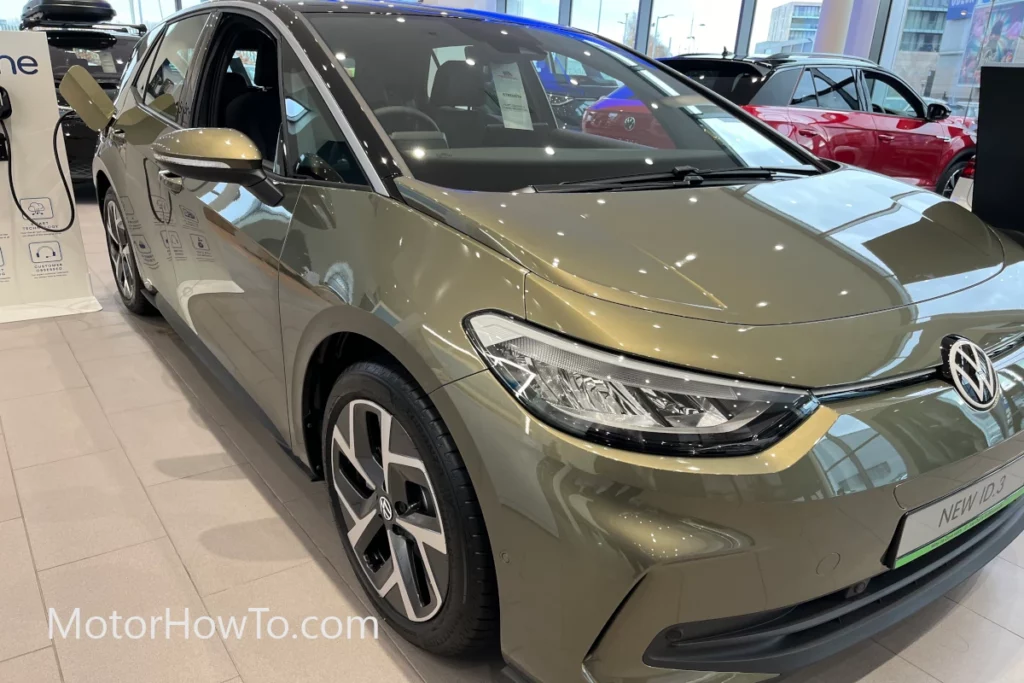
This exploration not only illuminates the specifics of their individual journeys but also offers insights into the broader trajectory of electric vehicle innovation.
Related:
- Deep Dive into Interior Features of the VW ID Series (Explained)
- Home Charging Solutions for VW ID Series (How-To Guide)
- Navigating Common Issues in VW ID Vehicles (Troubleshooting Tips)
Design Philosophy and Aesthetics: Examining Style Differences
The design philosophy and aesthetics of the Volkswagen ID Series and Tesla vehicles represent a study in contrasts, each reflecting the core values and visions of their respective brands.
Volkswagen ID Series
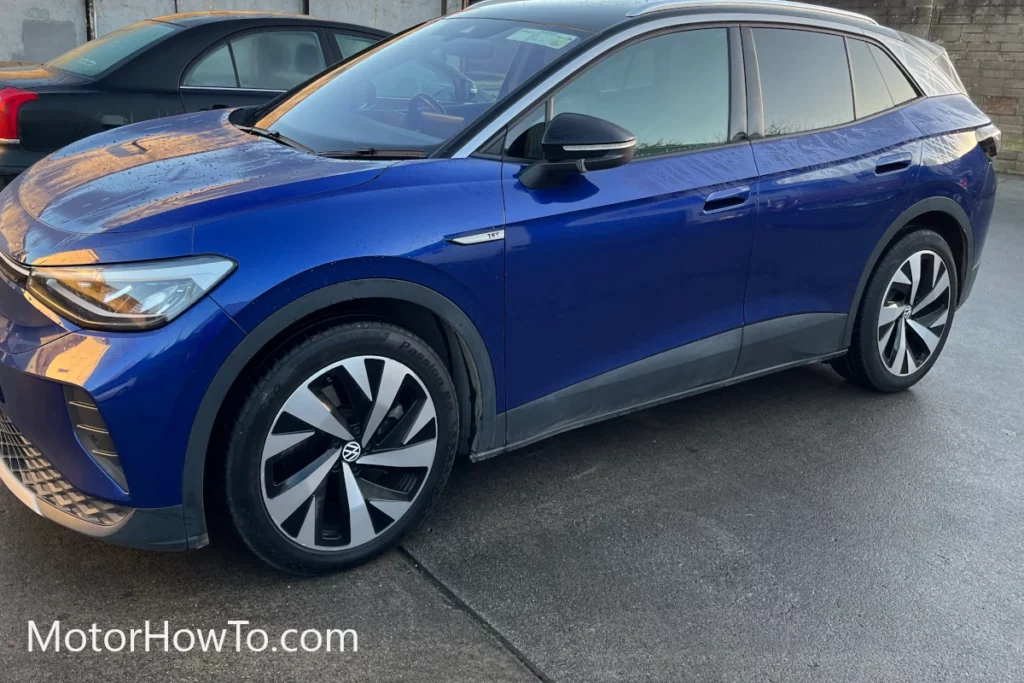
Volkswagen’s ID Series embodies a practical, minimalistic interface and user-friendly approach.
Their designs often feature clean lines and a minimalist yet functional aesthetic, catering to a wide range of consumers.
The focus is on creating vehicles that are accessible and comfortable, with an emphasis on simplicity and usability.
The interiors are designed with practicality in mind, offering ample space and intuitive controls.
Tesla Models
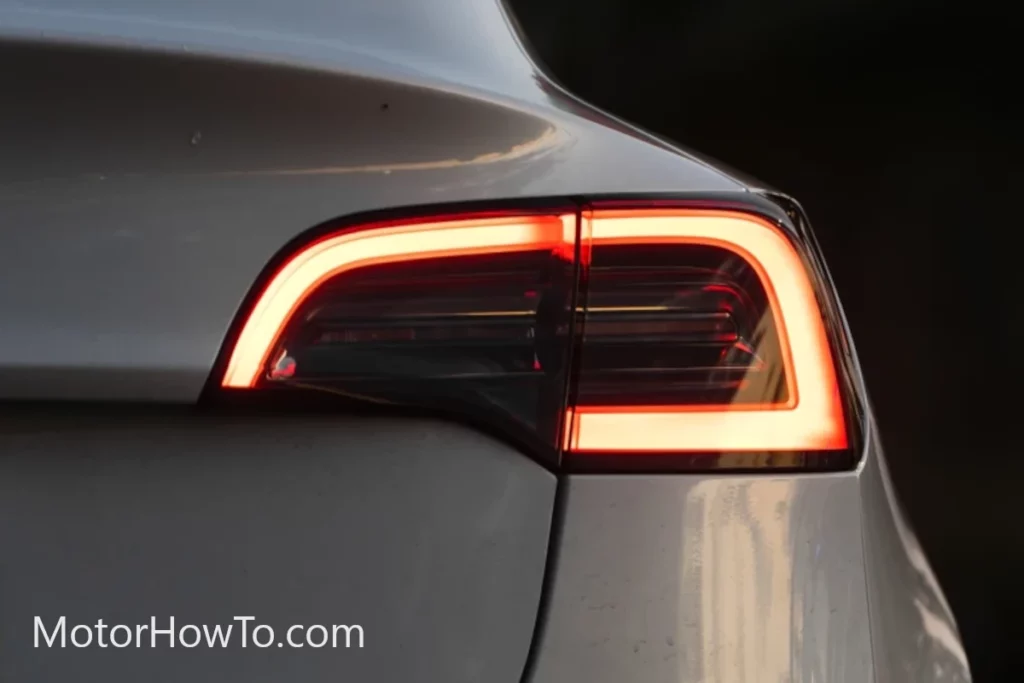
In contrast, Tesla’s design philosophy leans towards sleek, futuristic aesthetics.
Their vehicles are known for their striking, often avant-garde exteriors that make bold statements. Inside, Tesla models typically showcase cutting-edge technology and luxury, with features like large touchscreens dominating the dashboard, minimalist interiors, and high-quality materials.
Tesla’s design approach is often about making a statement, aligning with their brand identity as a leader in innovation and luxury in the electric vehicle market.
These differing design approaches are reflective of the brands’ distinct identities: Volkswagen prioritizes accessibility and familiarity, while Tesla pushes the boundaries of luxury and high-tech innovation.
This divergence in style is not just about appearance; it also influences the overall user experience, from the feel of the drive to the interaction with vehicle features.
Performance Metrics: Speed, Range, and Efficiency Compared
When comparing performance metrics such as speed, range, and efficiency between the Volkswagen ID Series and Tesla, distinct differences emerge, reflective of each brand’s focus and engineering priorities.
Speed
Tesla is renowned for its impressive acceleration and top speeds, a hallmark of its performance-centric approach. Models like the Tesla Model S Plaid, for example, boast acceleration times from 0 to 60 mph in under two seconds.
On the other hand, the Volkswagen ID Series, while offering respectable acceleration and speed suitable for daily driving, generally focuses less on high-performance speed and more on a balanced, comfortable driving experience.
Range
Range is a critical factor for electric vehicles, and Tesla has historically led in this area. Tesla models, such as the Model S Long Range, offer ranges that can exceed 400 miles on a single charge.
The Volkswagen ID Series has made significant strides in range, with models like the ID.4 offering over 250 miles per charge, but it still generally falls short of Tesla’s top offerings. Volkswagen’s focus has been on providing a range sufficient for daily use and occasional long trips, emphasizing overall efficiency and battery longevity.
Efficiency
Efficiency in electric vehicles is measured by how effectively they use their stored energy.
Tesla’s vehicles are often praised for their high efficiency, benefiting from advanced battery technology and software optimization.
Volkswagen’s ID Series also showcases efficient use of power, with the ID.3 and ID.4 models being particularly efficient for their class, although they may not match Tesla’s performance in this metric across all models.
While Tesla leads in sheer performance and range, Volkswagen’s ID Series offers a more balanced profile, emphasizing efficiency and practical daily usage. The choice between the two depends on the consumer’s priorities, whether it’s the thrill of high-speed driving and long-range capabilities or the practicality and efficiency for everyday commutes.
Technological Innovations: Autopilot vs. ID. Pilot
The technological innovations in driver assistance systems are a key area of comparison between Tesla’s Autopilot and Volkswagen’s ID. Pilot, each reflecting their brand’s approach to integrating advanced technology into the driving experience.
Tesla’s Autopilot
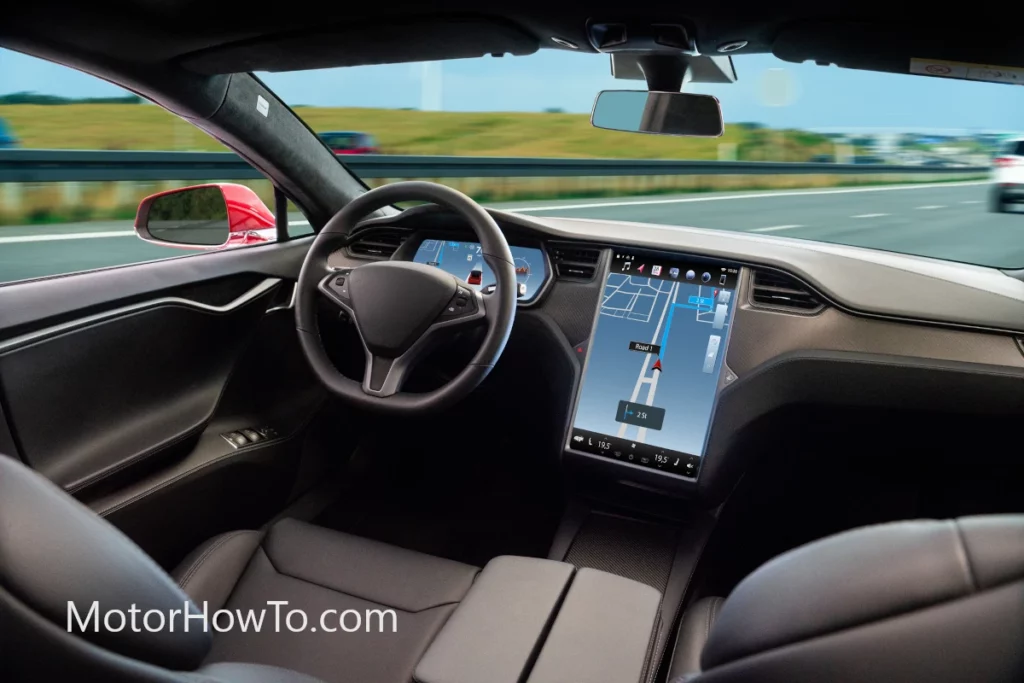
Tesla’s Autopilot is a well-known and advanced driver-assistance system, offering features like adaptive cruise control, lane-keeping assistance, and the ability to navigate on highways.
It leverages a combination of cameras, ultrasonic sensors, and radar to provide a semi-autonomous driving experience. Autopilot is continually updated with over-the-air software updates, enhancing its capabilities and adding new features.
Tesla’s approach with Autopilot is ambitious, aiming for full self-driving capabilities in the future.
Volkswagen’s ID. Pilot
The ID. Pilot system in Volkswagen’s ID Series is a more recent entry into the market and is designed to provide driver assistance rather than full autonomy.
It includes features like lane assist, adaptive cruise control, and parking assistance, using a similar array of sensors and cameras as Tesla.
However, Volkswagen’s system is more conservative in its approach, focusing on enhancing driver safety and comfort rather than pushing towards full autonomy. The ID. Pilot is continuously evolving, with improvements and new functionalities being added.
The key difference lies in the level of autonomy and the approach to integrating these systems into the driving experience.
Tesla’s Autopilot is more aggressive in pushing the boundaries towards full autonomy, while Volkswagen’s ID. Pilot prioritizes assisting the driver without overstepping into full self-driving territory.
This distinction reflects each brand’s philosophy regarding the role of technology in driving: Tesla sees it as a path to complete autonomy, whereas Volkswagen views it as a tool to enhance the traditional driving experience.
| Feature/Aspect | Tesla Autopilot | Volkswagen ID. Pilot |
|---|---|---|
| Level of Autonomy | Advanced, aiming for full self-driving | Assistive, focused on driver support |
| Core Functions | Adaptive cruise control, lane-keeping, autonomous navigation on highways | Lane assist, adaptive cruise control, parking assistance |
| Sensor Technology | Cameras, ultrasonic sensors, radar | Cameras, sensors, radar |
| Updates | Frequent over-the-air updates, enhancing capabilities | Continuous improvements, added functionalities |
| Goal | Full autonomy and self-driving capabilities | Enhancing safety and comfort, not full autonomy |
| Market Approach | Aggressive, innovative, pushing boundaries | Conservative, practical, safety-focused |
Price and Market Positioning: Affordability vs. Luxury
The comparison between the Volkswagen ID Series and Tesla in terms of price and market positioning highlights a clear distinction between affordability and luxury.
Volkswagen ID Series: Affordability and Accessibility
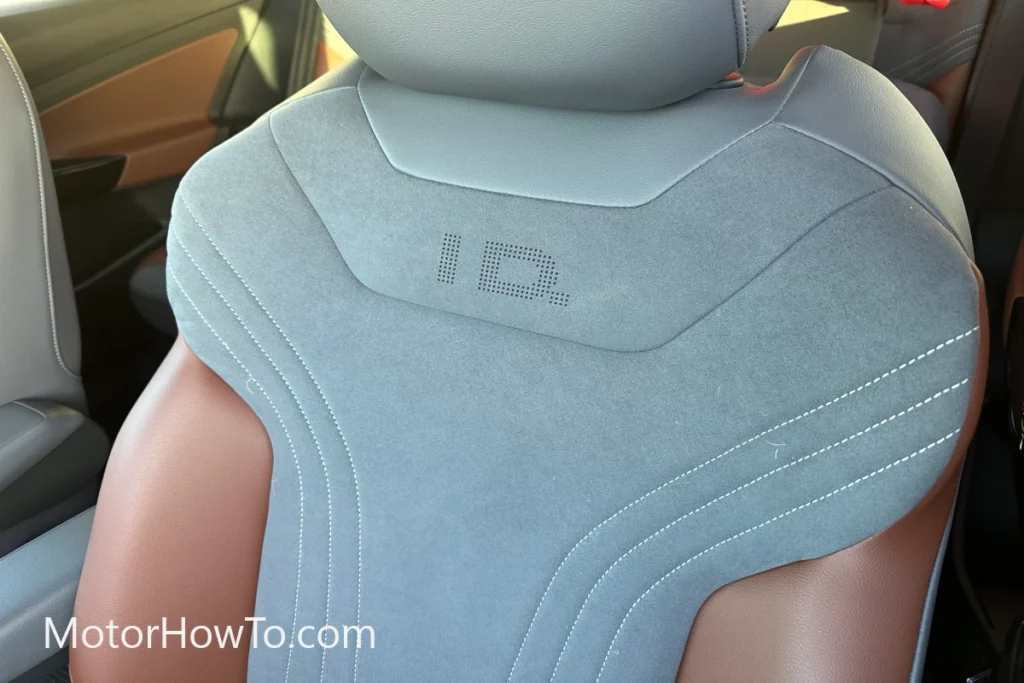
The Volkswagen ID Series is an affordable and accessible electric vehicle (EV) option.
Volkswagen aims to bring EVs to a broader audience, emphasizing practicality and value.
The pricing of the ID Series is competitive, often starting at a lower price point than comparable Tesla models.
This affordability does not come at the cost of quality but rather through a focus on essential features and efficient production methods.
Volkswagen targets consumers looking for reliable, eco-friendly transportation without the premium price tag.
Tesla: Luxury and High-End Innovation
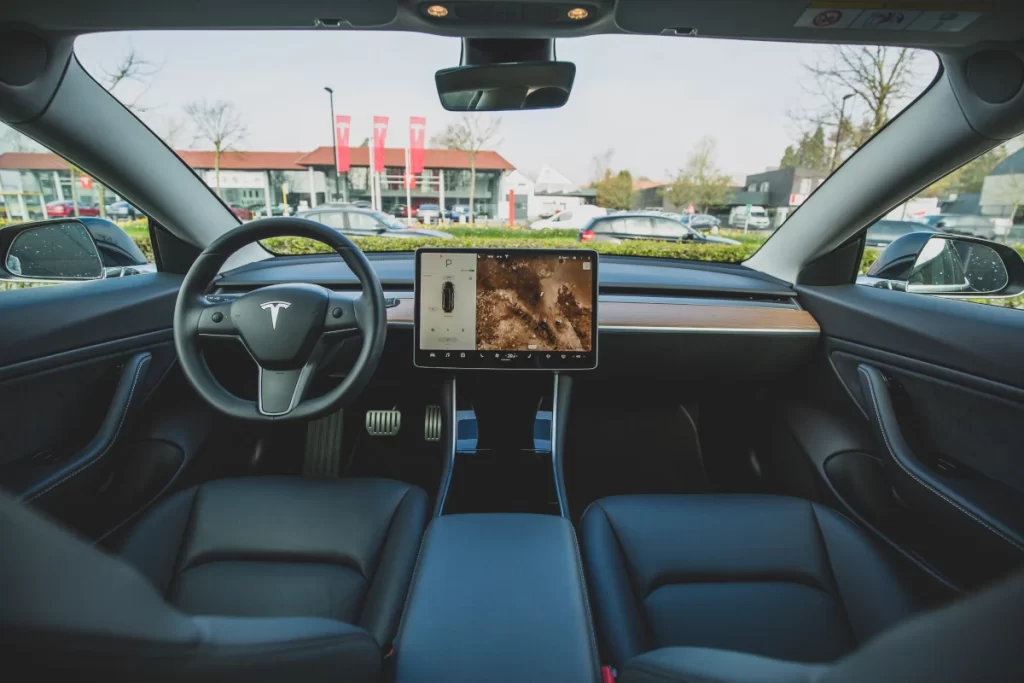
In contrast, Tesla positions itself in the luxury segment of the electric vehicle (EV) market.
Tesla’s pricing reflects its focus on cutting-edge technology, high performance, and a premium user experience. Tesla’s entry-level models, like the Model 3, are priced higher than Volkswagen’s ID Series.
The brand appeals to consumers willing to pay a premium for advanced features, superior performance, and the status of owning a Tesla.
This luxury positioning is a fundamental aspect of Tesla’s brand identity, differentiating it in a market increasingly crowded with more affordable EV options.
While the Volkswagen ID Series offers an affordable entry into electric vehicles, focusing on practicality and mass-market appeal, Tesla maintains its status as a luxury brand, emphasizing Innovation, performance, and a high-end consumer experience. This difference in pricing and market positioning is a key factor distinguishing the two brands in the EV market.
Sustainability and Environmental Impact: Eco-Friendly Features and Production Practices
In electric vehicles (EVs), sustainability and environmental impact are pivotal considerations. The Volkswagen ID Series and Tesla have committed to eco-friendly initiatives, yet they adopt different approaches in their journey towards sustainability.
While electric vehicles inherently contribute to reduced emissions, the extent of their environmental friendliness hinges on various factors, including production practices, energy sources for charging, and overall vehicle efficiency.
Delving into these aspects reveals how each brand integrates sustainability into its business model and product design.
Volkswagen ID Series:
- Production Practices: Emphasizes using renewable energy in manufacturing processes. Volkswagen has committed to reducing its carbon footprint throughout the production cycle of the ID Series.
- Battery Sustainability: Focuses on improving battery life and recyclability, aiming to enhance the overall lifecycle efficiency of their vehicles.
- Energy Sources: Encourages use of green energy for charging through partnerships with renewable energy providers.
Tesla Models:
- Gigafactory Design: Tesla’s gigafactories are designed to be as energy-efficient as possible, often incorporating solar energy and striving for minimal environmental impact.
- Battery Innovation: Continuously innovates in battery technology to increase efficiency and reduce reliance on rare earth materials.
- Closed-loop Recycling System: Aims to recycle old batteries into new ones, reducing waste and resource extraction.
Volkswagen and Tesla demonstrate a strong commitment to sustainability, albeit through differing methodologies.
Volkswagen’s approach is to modify traditional automotive manufacturing towards greater environmental responsibility.
At the same time, Tesla integrates sustainability into every aspect of its business model, from innovative production facilities to advanced battery technology.
As the electric vehicle (EV) market grows, these efforts set a standard for the industry and highlight the evolving relationship between automotive technology and environmental stewardship.
Sources
Volkswagen ID.4 vs Tesla Model Y



